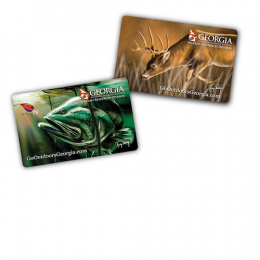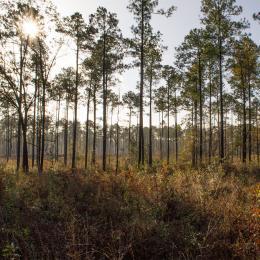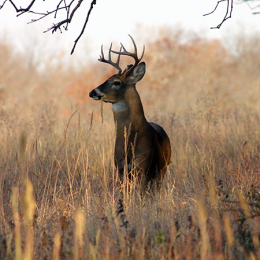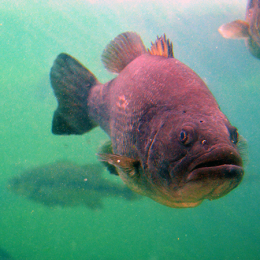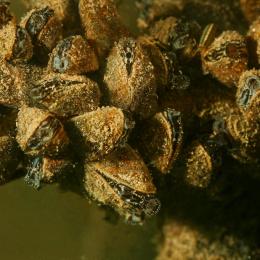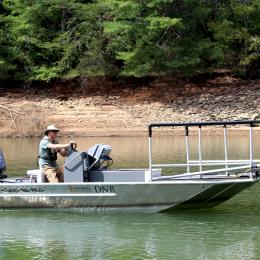Chronic Wasting Disease (CWD) is a neurological disease of deer, elk, and moose caused by misfolded proteins called prions. These defective prions damage brain and nervous system tissue, eventually causing the animal to die. CWD is in the same family of diseases as “mad cow disease,” however, CWD has never been documented in people. There are no vaccines or treatments – all deer that get CWD will get sick and die.
- Is CWD transmissible to humans?
There has never been a human case of CWD. Since CWD was first documented in the 1960s in Colorado and despite its having spread to 36 states and 5 Canadian provinces, no case of prion disease in a person has been linked to consumption of venison. However, out of an abundance of caution, the Centers for Disease Control and Prevention (CDC) advises hunters to test deer in areas with CWD before consuming them and to avoid consuming deer that test positive. More information from CDC can be found at https://www.cdc.gov/chronic-wasting/about/index.html
- If it doesn’t infect people, why is CWD a problem?
CWD can result in deer population declines, negatively impacting hunting and wildlife viewing. CWD prions are shed into the environment where they can infect deer long after the original deer is gone. Because of this environmental contamination, CWD is impossible to eradicate once it becomes established in an area.
- Is there a cure for CWD?
No. Currently, no medicine, vaccine, or treatment for CWD exists and the disease is always fatal – deer cannot recover from CWD. Our only options to combat CWD are to avoid introducing it to new areas and to reduce transmission.
- Where does it currently exist?
Alabama, Arkansas, California, Colorado, Florida, Georgia, Idaho, Illinois, Indiana, Iowa, Kansas, Kentucky, Louisiana, Maryland, Michigan, Minnesota, Mississippi, Missouri, Montana, Nebraska, New Mexico, New York, North Carolina, North Dakota, Ohio, Oklahoma, Pennsylvania, South Dakota, Tennessee, Texas, Utah, Virginia, Washington, West Virginia, Wisconsin and Wyoming, as well as the Canadian provinces Alberta, British Columbia, Manitoba, Quebec, and Saskatchewan. USGS Map of CWD Distribution
- How can I tell if a deer has CWD?
Once infected with CWD, deer may not show symptoms for over a year but can still spread the disease to other deer. Deer that look healthy can be CWD positive because visible symptoms do not appear until the animal is nearing death. Even then, CWD cannot be diagnosed by symptoms alone since other ailments can cause deer to exhibit similar signs. Symptoms include dramatic weight loss, droopy head and ears, and excessive drooling along with neurological signs such as loss of fear of humans, reluctance to move, and other abnormal behavior. However, many common diseases or injuries can cause these symptoms, including hemorrhagic disease (often called “bluetongue”), brain abscesses, and being hit by a vehicle. Often, once symptoms begin to appear, the infected deer dies from other causes such as predators, vehicles, or other diseases before dying of CWD.
If you see a deer with these symptoms there is no cause for panic. Contact your local Game Management Office for guidance at https://georgiawildlife.com/about/contact#gm
- How is CWD different from other disease outbreaks?
Most wildlife disease outbreaks are cyclical, and the population adapts through developing immunity to the disease. Because CWD is always fatal, there are no surviving deer to develop immunity. If left unmanaged, CWD slowly spreads within a population and each year a higher percentage of the population will become infected. Population-level effects are seen when prevalence rates exceed 15%. DNR will strive to keep prevalence well below that threshold.
- Can CWD be cooked out of meat?
There is no cooking temperature that will destroy CWD prions without destroying the meat. CWD hasn’t been shown to infect people, but CDC recommends not consuming deer that test positive for CWD. If you hunt in the CWD management area, CDC recommends testing deer before consuming them. There is no testing recommendation outside the CWD management area, but you can still have your deer tested. Visit https://georgiawildlife.com/cwd/testing or contact your local Game Management office for more information (https://georgiawildlife.com/about/contact#gm).
- Can CWD be eradicated?
Eradication is impossible once CWD is established in a population. Due to the long incubation period and difficulty of detection, CWD often becomes established in a population before surveillance can detect it. There have been a handful of areas in the U.S. that were detected early enough and eradication was successful, but there is a low probability of this happening. For this reason, DNR is prepared to permanently manage CWD wherever it is discovered.





